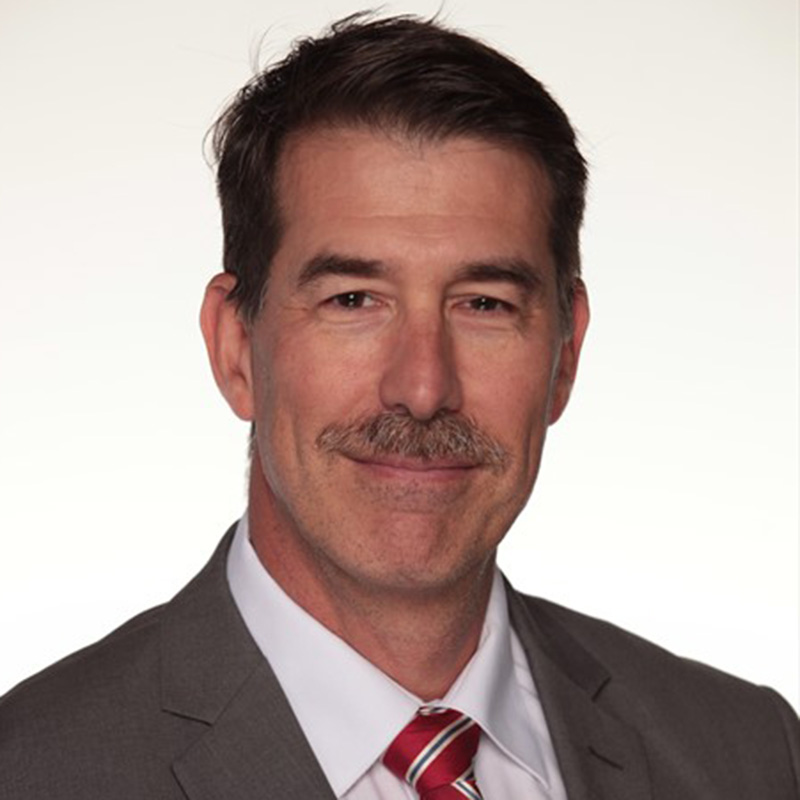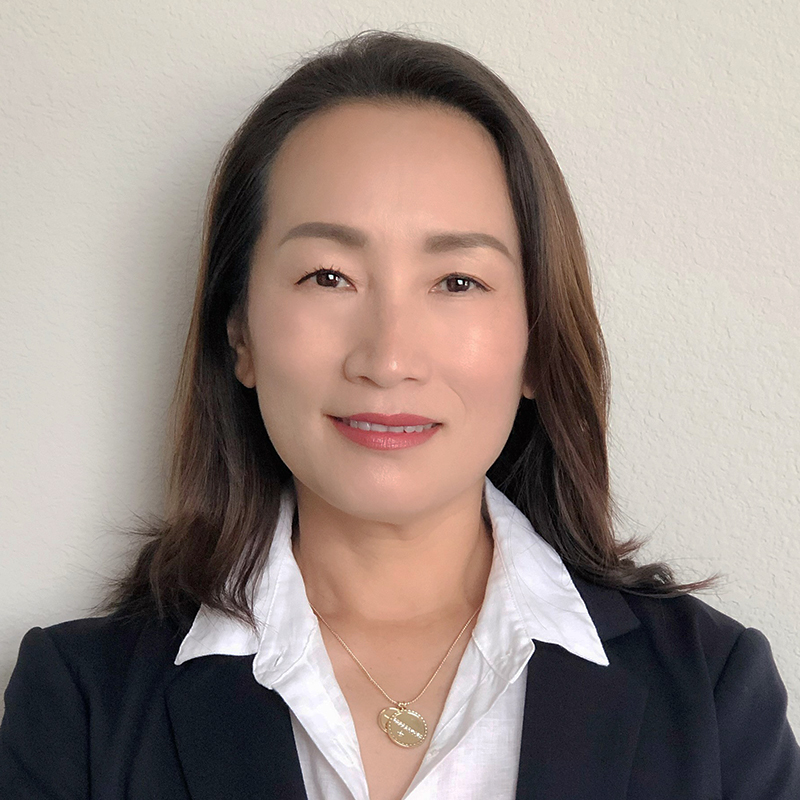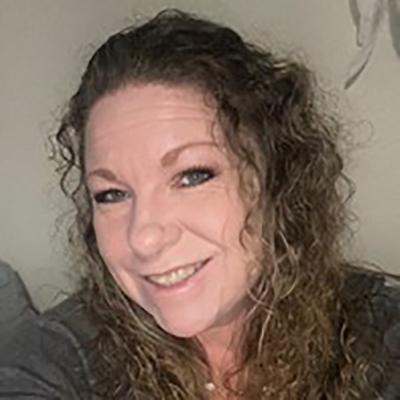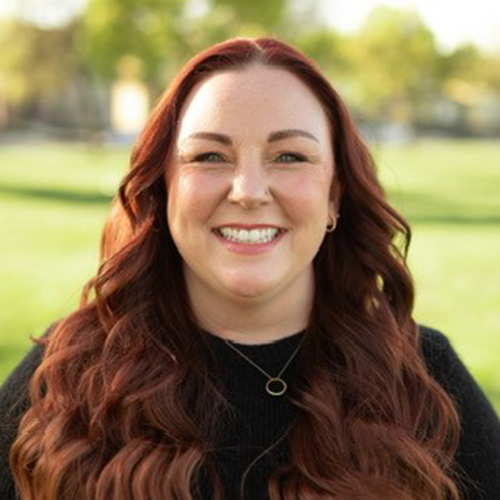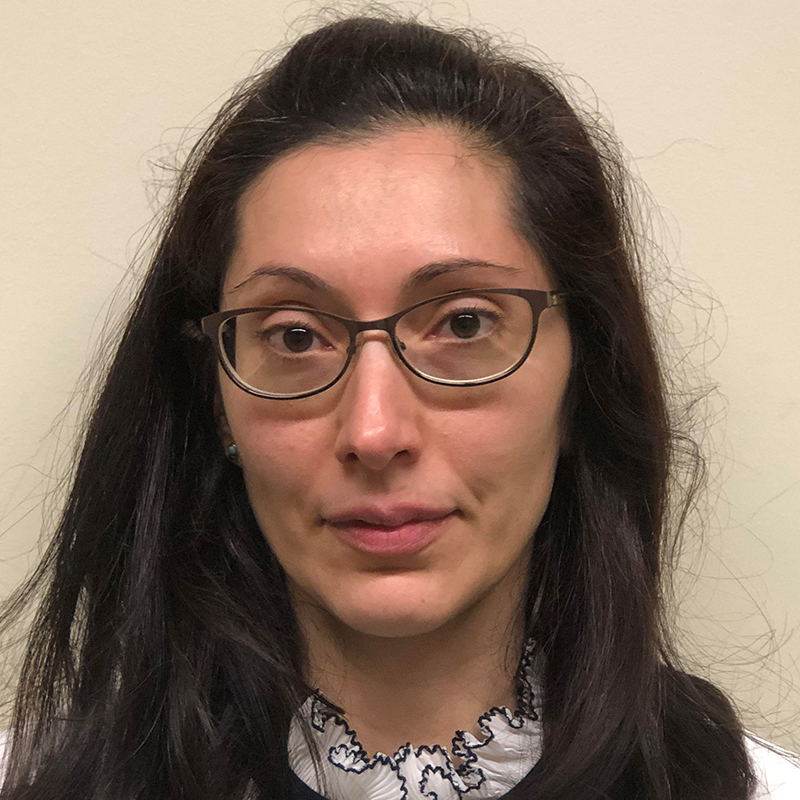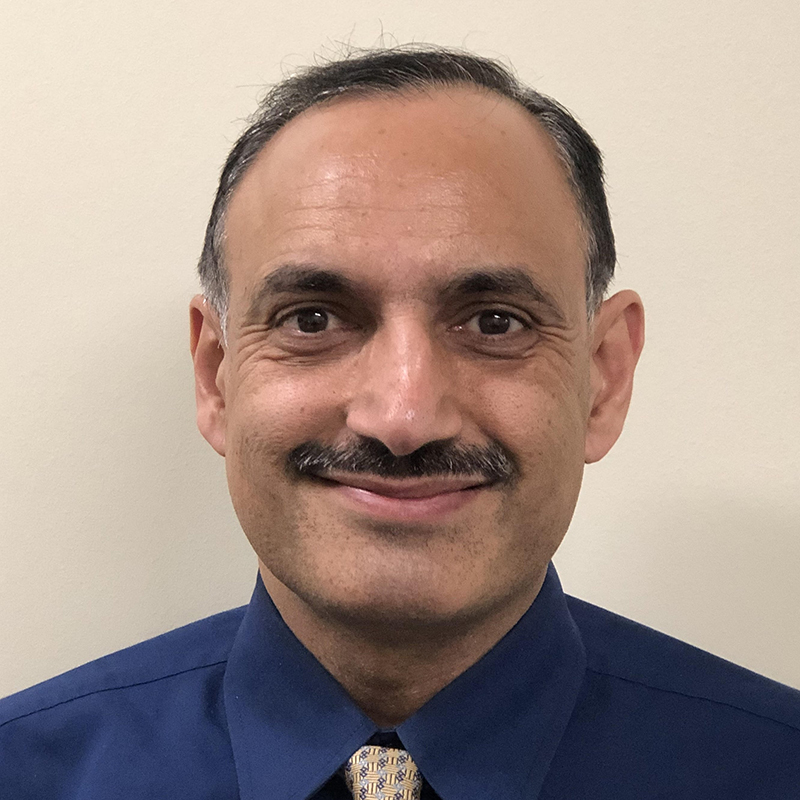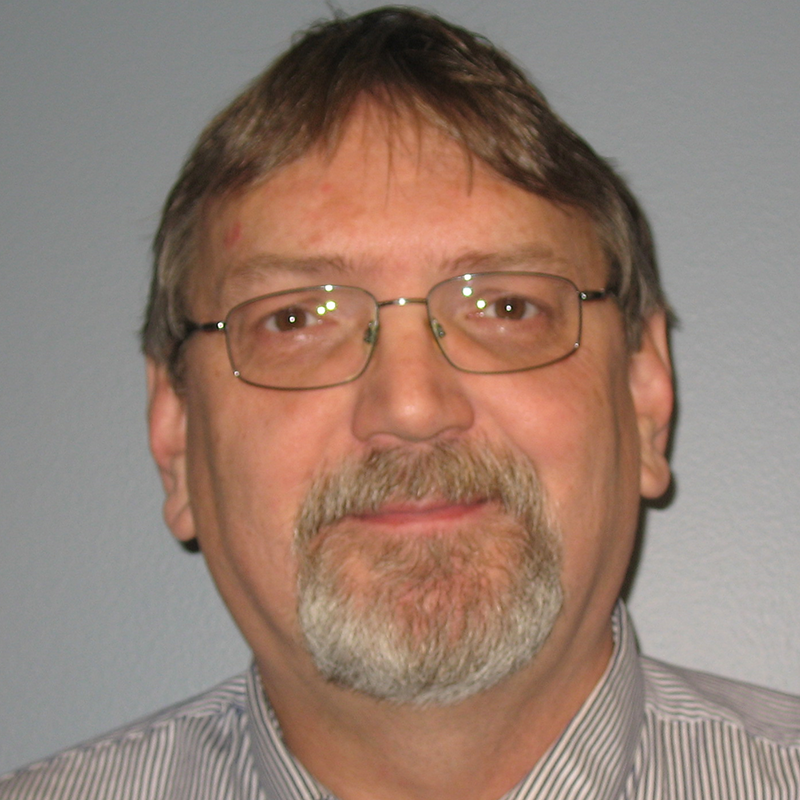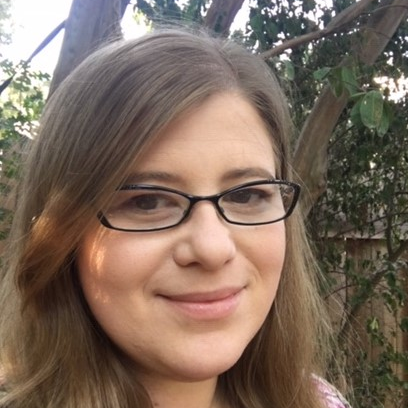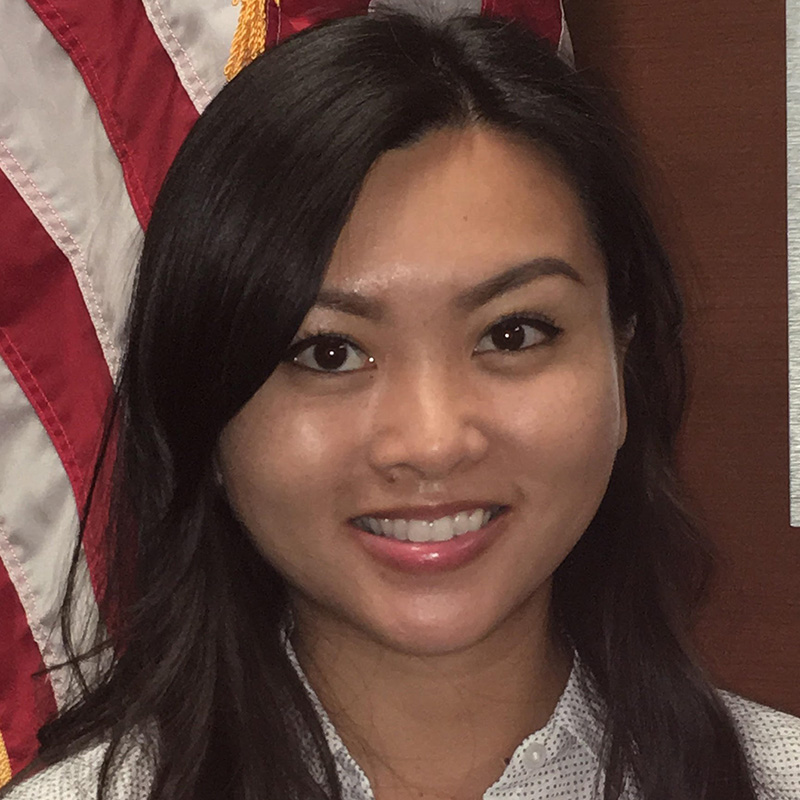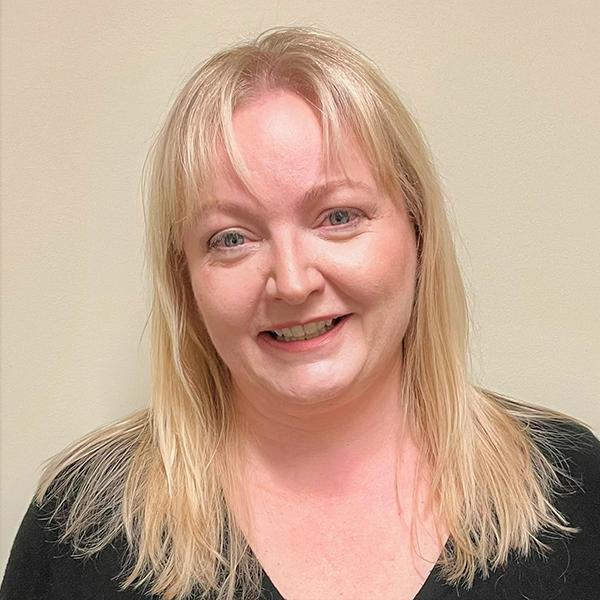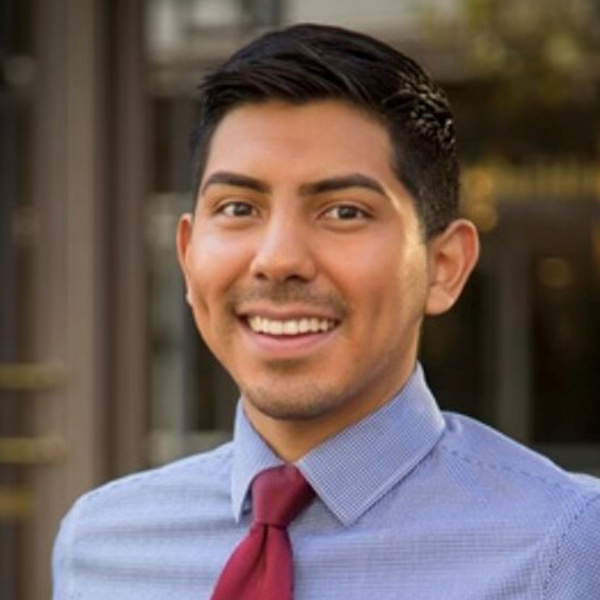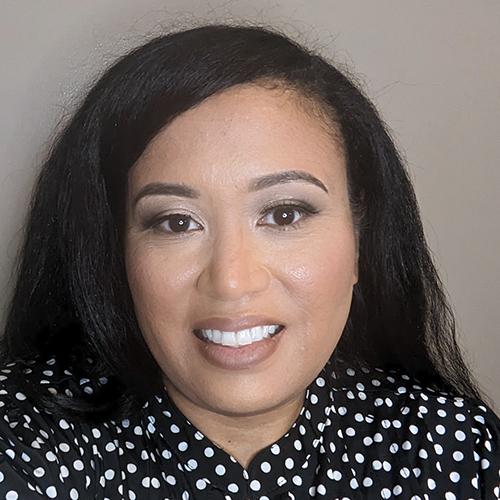 CLEEN Criteria
CLEEN Criteria
The California Infrastructure and Economic Development Bank (“IBank”) was created to serve a variety of public purposes including providing an accessible low-cost financing option to eligible borrowers for a wide range of infrastructure projects. To meet this important public purpose, the IBank developed its Infrastructure State Revolving Fund (“ISRF Program”). ISRF Program financing is available in amounts from $50,000 to $25,000,000, with terms of up to 30 years. The interest rate for each financing is set at the time the financing is approved. Applications are accepted on a continuous basis.
The eligibility criteria and other program requirements for the Infrastructure State Revolving Fund Program (“ISRF Program”) set forth in the “Amended and Restated Criteria, Priorities, and Guidelines for the Selection of Projects for Financing Under the Infrastructure State Revolving Fund Program” (the “Criteria”) are based on the provisions of Chapters 1-2 of Division 1 of Title 6.7 of the Government Code of the State of California, commencing with Section 63000 (the “IBank Act”) as of the date of the adoption of the Criteria.
Subsequent to the date of the adoption of the Criteria, whenever provisions of the IBank Act are changed such that specific provisions of the Criteria are inconsistent with the applicable provisions of the IBank Act, the requirements of the IBank Act shall govern.
The criteria guidelines in full can be accessed here.
Applicants must meet one of the following definitions:
For Infrastructure Projects:
For projects that fall in categories 1 through 16, under the section titled “Projects” below (“Infrastructure Projects”), the borrower may be any subdivision of a local or state government, including departments, agencies, commissions, cities, counties, non-profit corporations formed on behalf of an applicant, special districts, assessment districts, and joint powers authorities within the state or any combination of these subdivisions that makes application to the IBank for financial assistance in connection with a project in a manner prescribed by IBank. Such borrower is considered a “Sponsor” for purposes of these Criteria.
In addition, for those projects in categories 1 through 16 below, an eligible borrower may be any company, corporation, association, state or municipal governmental entity, partnership, firm, or other entity or group of entities, provided that for a borrower, other than a state or municipal governmental entity, such borrower is organized as a public benefit tax exempt not for profit entity and is, engaged in business or operations within the state; and provided further, that, for the purpose of implementing a project, in categories 1 through 16, such entity applies for financing from the IBank in conjunction with a Sponsor.
For Economic Expansion Projects:
For projects that fall in categories 17 and 18, under the section titled “Projects” below (“Economic Expansion Projects”) that facilitate any of the environmental, economic, and social goals enumerated in The Governor’s Environmental Goals and Policy Report, as more particularly identified in Section III D of the Criteria, the borrower may be any person, company, corporation, association, state or municipal governmental entity, partnership, firm, or other entity or group of entities, provided that such borrower is organized as a public benefit tax exempt not for profit entity and is engaged in business or operations within the state and provided further, that, for the purpose of implementing an Economic Expansion Project, such entity applies for financing from the IBank in conjunction with a Sponsor.
Projects
“Project” generally means designing, acquiring, planning, permitting, entitling, constructing, improving, extending, restoring, financing, and generally developing facilities within the state and would include real and personal property, structures, conveyances, equipment, thoroughfares, buildings and supporting components thereof, excluding any housing, directly related to providing any of the following:
Infrastructure Projects:
- City Streets including any street, avenue, boulevard, road, parkway, drive, or other way that is one of the following: An existing municipal roadway; or the project is shown upon a plat approved pursuant to law and includes the land between the street lines, whether improved or unimproved, and may comprise pavement, bridges, shoulders, gutters, curbs, guardrails, sidewalks, parking areas, benches, fountains, plantings, lighting systems, and other areas within the street lines, as well as equipment and facilities used in the cleaning, grading, clearance, maintenance, and upkeep thereof.
- County Highways including any county highway as defined in Section 25 of the Streets and Highways Code, that includes the land between the highway lines, whether improved or unimproved, and may comprise pavement, bridges, shoulders, gutters, curbs, guardrails, sidewalks, parking areas, benches, fountains, plantings, lighting systems, and other areas within the street lines, as well as equipment and facilities used in the cleaning, grading, clearance, maintenance, and upkeep thereof.
- Drainage, Water Supply, and Flood Control including but not limited to ditches, canals, levees, pumps, dams, conduits, pipes, storm sewers, and dikes necessary to keep or direct water away from people, equipment, buildings, and other protected areas as may be established by lawful authority, as well as the acquisition, improvement, maintenance, and management of flood plain areas and all equipment used in the maintenance and operation of the foregoing.
- Educational Facilities including libraries, childcare facilities, including, but not limited to, day care facilities and employment training facilities. Also including facilities for laboratories, administration centers, student service buildings, athletic complexes and public parking facilities.
- Environmental Mitigation Measures including required construction or modification of public infrastructure, and purchase and installation of pollution control and noise abatement equipment.
- Parks and Recreational Facilities including local parks, recreational property and equipment, parkways and property.
- Port Facilities including airports, land ports, water ports, rail ports, docks, harbors, ports of entry, piers, ships, small boat harbors and marinas, and any other facilities, additions, or improvements in connection therewith, that transport goods or persons.
- Power and Communications including facilities for the transmission or distribution of electrical energy, natural gas, and telephone and telecommunications services as well energy conservation measures. Also including facilities for the generation or storage of electrical energy as well as for energy conservation measures.
- Public Transit including air and rail transport, airports, guideways, vehicles, rights-of-way, passenger stations, maintenance and storage yards, and related structures, including, public parking facilities, equipment used to provide or enhance transportation by bus, rail, ferry, or other conveyance, either publicly or privately owned, that provides to the public general or special service on a regular and continuing basis.
- Sewage Collection and Treatment including pipes, pumps, and conduits that collect wastewater from residential, manufacturing, and commercial establishments, the equipment, structures, and facilities used in treating wastewater to reduce or eliminate impurities or contaminants, and the facilities used in disposing of or transporting, remaining sludge, as well as all equipment used in the maintenance and operation of the foregoing. Also including facilities for the recycling of or facilitating the alternative use of remaining sludge and for maintenance and operation of such facilities.
- Solid Waste Collection and Disposal including vehicles, vehicle-compatible waste receptacles, transfer stations, recycling centers, sanitary landfills, and waste conversion facilities necessary to remove solid waste, except that which is hazardous as defined by law, from its point of origin. Also including equipment in connection with the foregoing.
- Water Treatment and Distribution including facilities in which water is purified and otherwise treated to meet residential, manufacturing, or commercial purposes and the conduits, pipes, and pumps that transport it to places of use.
- Defense Conversion including but not limited to, facilities necessary for successfully converting military bases consistent with an adopted base reuse plan.
- Public Safety Facilities including but not limited to, police stations, fire stations, court buildings, jails, juvenile halls, and juvenile detention facilities.
- State Highways including any state highway as described in Chapter 2 (commencing with Section 230) of Division 1 of the Streets and Highways Code, and the related components necessary for safe operation of the highway.
- Military Infrastructure including but not limited to facilities on or near a military installation that enhance the military operations and mission of one or more military installations in this state. To be eligible for funding the project shall be endorsed by the Office of Planning and Research. “Military installation” means any facility under the jurisdiction of the Department of Defense, as defined in paragraph (1) of subsection (e) of Section 2687 of Title 10 of the United States Code.
- Goods movement-related infrastructure including port facilities, roads, rail, and other facilities and projects that move goods, energy and information.
Economic Expansion Projects:
- Industrial, Utility and Commercial: including, but not limited to, facilities that are used for industrial, utility or commercial goods movement purposes and any parts or combination thereof and all facilities or infrastructure necessary or desirable in connection therewith.
- Educational, Cultural and Social: including, but not limited to, facilities that are used for cultural, recreational, research, community, or educational purposes as well as service enterprise facilities and social welfare facilities and any parts or combination thereof and all facilities or infrastructure necessary or desirable in connection therewith.
Frequently Asked Questions
Infrastructure State Revolving Fund Program (ISRF)
Q: How long does it take to secure ISRF or CLEEN financing?
A: There is a preliminary process, but once invited to apply, the typical time to be prepared to request financing from the IBank Board of Directors is 60-90 days. The Board meets monthly.
Q: What kind of interest rates are charged for ISRF financing?
A: IBank uses a proprietary interest rate method to ensure borrowers have the best chance to receive below-market interest rates
Q: What are subsidies based on?
A: Eligible subsidies are based on the unemployment rate and the median household income for ISRF loans and the air quality index for CLEEN financing.
Q: What are the ISRF application periods for each year?
A: ISRF applications are continuously accepted.
Q: Can the origination fee can be financed?
A: Yes, the origination fee can be included in the loan amount. (The origination fee is calculated on the total amount borrowed including the origination fee.)
Q: When do you start paying back the loan? Immediately or after project completion?
A: IBank collects two payments a year; February is an interest only payment while August is interest, principal, and the annual fee. The date of funding will determine which payment will be the first payment collected. IBank needs at least 90 days to set up a payment from the date of funding.
Q: Can the debt be refinanced with another loan from IBank in the future should interest rates go down?
A: This is situational. IBank typically does not allow for a refinance of debt unless there is an additional project connected with the transaction and refinancing the debt improves the cash flow of the transaction.
Q: How often can we request reimbursement?
A: There is no limit to reimbursement requests. However due to the amount of documentation required for each submission, we prefer if requests are made no more than once a month.
Q: What happens with the balance of unused funds?
A: On the rare occasion of unused funds, IBank reviews each situation on a case-by-case basis as.
Q: Is the debt callable?
A: No, it is not.
Q: Does IBank have the capacity to make ISRF loans?
A: Yes, IBank has the funds to make ISRF loans. We are proactive and issue bonds before all funds are used in order to have available funds to current and future borrowers.
Q: What stage should the project be in order to secure ISRF financing?
A: Projects ideally would be shovel-ready and need funds in six or 12 months.
Q: Is technical assistance offered for the ISRF application process?
A: Yes, IBank not only offers technical support for the application process, but legal assistance and loan officers throughout the application and approval process.
Q: What is the origination fee for the borrowed amount?
A: The origination fee is 1.00% of the borrowed amount. If the origination fee is financed, IBank considers this part of the calculation therefore the fee, when financed, is slightly higher than when the fee is paid separately by the borrower. Example on a $10M financing request, the fee paid separately would be $100,000; the fee when financed is $101,000.
Q: Is the project funds provided all at once or are they disbursed over a period of time?
A: IBank will disburse 100% of the funds to a third party bank (currently US Bank) at the time of funding.
Q: Is the payback period is 30 years?
A: We cannot do a longer term than the useful life of the project. IBank can do a maximum loan term of 30 years. When establishing an amortization schedule, it is possible that the date the loan funds may create a situation for a requested 30-year term will be amortized as 29 years. This would occur if the first payment required is the February payment. If the first payment is the August payment, the 30-year request will have a 30-year amortization schedule.
Q: During previous discussions, we were told the maximum amount an agency can have outstanding is $50 million. Is there a possibility of this amount increasing?
A: Currently the maximum IBank will lend to a single applicant is $80 million. This is to ensure our portfolio does not have a concentration of funds to single borrower. This will likely change in the future as IBank’s portfolio expands.
Q: How quickly will requested reimbursement funds be paid?
A: Recently reimbursements are averaging five days for approval after receipt of all required documentation. A borrower may submit one request or many. However, if the reimbursement requested is for a construction contract that has not been completed, IBank is required to withhold 5% on each invoice submitted until such time as the project and/or component is complete and a notice of completion has been recorded.
Q: How will the debt service payments be structured?
A: Payments are made twice a year. We have a principal, interest and annual fee payment in August and an interest only payment in February
Q: When will the first payment be required?
A: The first payment make take up to six months after execution of the financing agreement. However, you could defer your first payment up to 12 months depending on when the financing agreement is executed and other underwriting considerations.
Q: Is repayment based on funds used or funds used plus available?
A: Interest accrues as soon as the financing agreement is executed.
Contact the IBank Loan Origination Team
E-mail us, HERE
Telephone: (916) 341-6600
Mailing: P.O. Box 2830, Sacramento, CA 95812-2830
Contact the IBank Loan Origination Team
ISRF Program Manager: Lina Benedict
E-mail us, HERE
Telephone: (916) 341-6600
Office: 1325 J Street, Suite 1300, Sacramento, CA 95814
Mailing: P.O. Box 2830, Sacramento, CA 95812-2830






